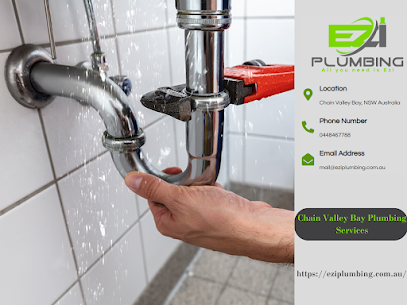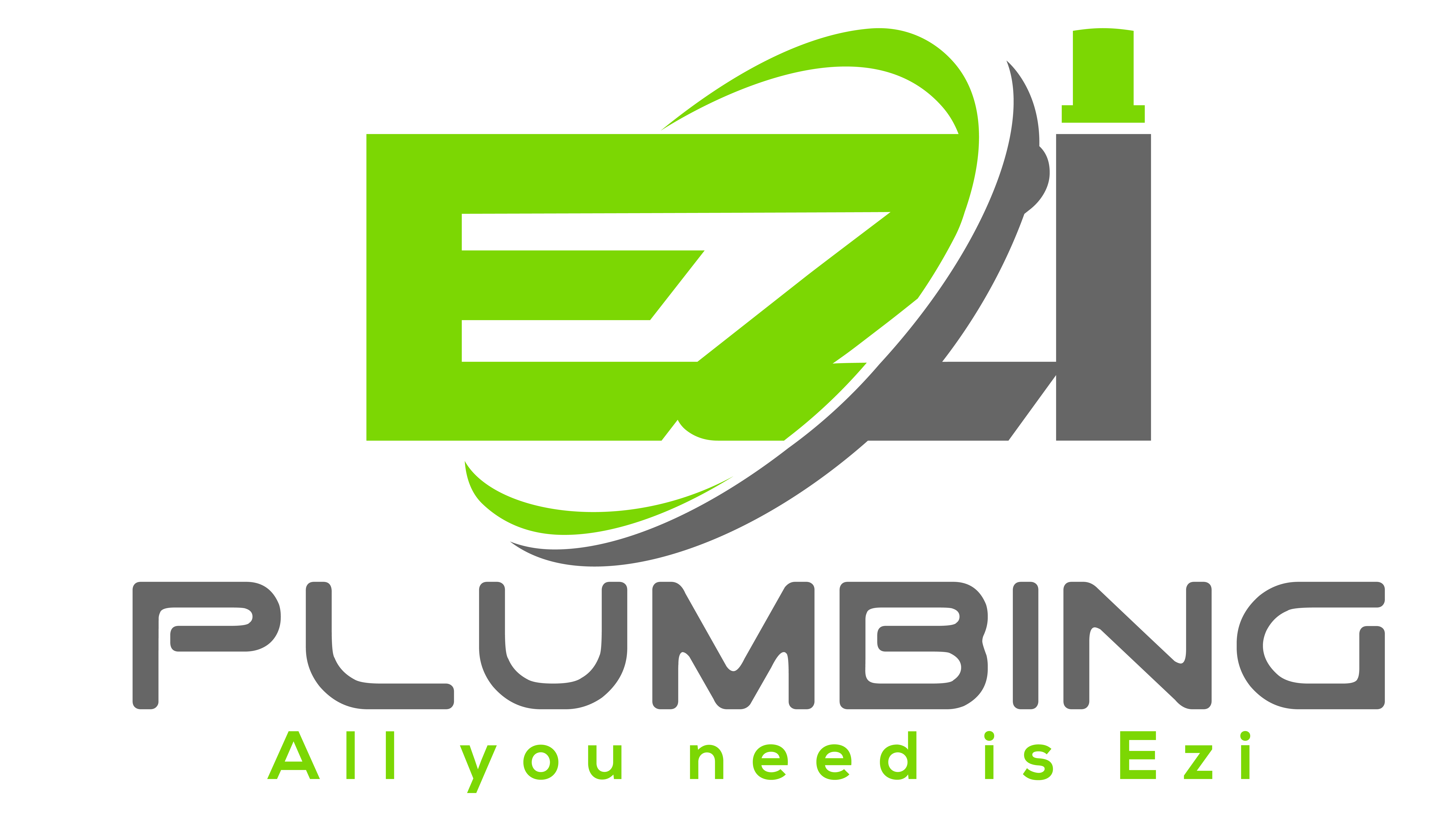Clean water is essential to our health and wellbeing. That’s why it’s important to take steps to protect the quality of the water in our homes. One way to do this is by implementing backflow prevention measures. Backflow occurs when contaminated water flows back into a clean water supply, which can cause serious health risks. In this blog post, we will discuss everything you need to know about backflow prevention. From understanding how it happens and its potential consequences to exploring different types of backflow preventers and how they work. We will also cover the regulatory requirements for backflow prevention and how to choose the right preventer for your specific needs. By the end of this article, you’ll have a clear understanding of how backflow prevention can keep you and your family safe from contaminated water.
Understanding Backflow in Water Systems
Backflow, the reverse flow of water into the drinking water supply, poses a risk of contamination. Therefore, backflow prevention is essential to ensure the safety of our water. By understanding the causes of backflow, we can take preventive measures to protect the water supply. Backflow prevention devices are installed in water systems to prevent this phenomenon. These devices, such as pressure vacuum breaker assemblies and backflow preventer valves, keep our drinking water clean and safe. It is crucial to prioritize backflow prevention to safeguard public health.
Causes and Consequences of Backflow
Backflow can occur due to changes in water pressure, such as back pressure or back siphonage. Cross-connections, where non-potable water comes into contact with drinking water, can lead to backflow. The consequences of backflow range from contamination of the water supply to health risks. Neglecting backflow prevention can result in harmful substances, such as chemicals or human waste, entering the drinking water supply. Backflow prevention is essential to prevent contaminated water from flowing back into the potable water system.

What is a Backflow Preventer and How Does it Work?
A backflow preventer is a device that uses check valves to stop water from flowing back into the water supply system. Installed at various points in water systems, it ensures that water flows in one direction, preventing contamination. By utilizing pressure changes, backflow preventers maintain high water quality.
Types of Backflow Preventers
Different types of backflow preventers include pressure vacuum breakers, reduced pressure zone assemblies, and double check valves.
Pressure vacuum breakers use air gap technology to prevent backflow, making them suitable for sprinkler systems. Reduced pressure zone assemblies provide higher levels of protection in higher risk situations by using a relief valve. Double check valves, on the other hand, use two check valves to prevent backflow and are ideal for smaller water supply systems. Choosing the right type of backflow preventer depends on the specific needs of the water system.
Why is Backflow Prevention Essential for Water Safety?
Backflow prevention is crucial for ensuring water safety and protecting public health. Neglecting this preventive measure can lead to the contamination of drinking water with harmful substances like chemicals or human waste. By installing backflow preventers, we can maintain the quality of potable water and reduce the risk of waterborne diseases. Safeguarding the public water supply from contamination is a top priority.
Risks Associated with Neglecting Backflow Prevention
Neglecting proper backflow prevention can have severe consequences, including the contamination of the public water supply and subsequent health risks. When backflow occurs, harmful substances like pesticides or chlorine can enter the drinking water, compromising its quality. Without an efficient backflow prevention system in place, changes in water pressure can cause water from sources like irrigation systems or fire hydrants to flow back into the potable water system. This can lead to costly water quality issues, disruptions in the water supply, and overall public health concerns. It is crucial to prioritize backflow prevention to ensure the safety of our drinking water.
Key Benefits of Installing a Backflow Preventer
Installing a backflow preventer helps safeguard public health by protecting drinking water quality and reducing the risk of contamination. These devices play a crucial role in preventing waterborne diseases and ensuring the safety of our water supply. Additionally, backflow preventers help prevent water supply disruptions and system contamination, saving both time and money. By installing these devices, we demonstrate our commitment to water quality and public health, while also meeting regulatory requirements.
How to Choose the Right Backflow Preventer for Your Needs
Choosing the appropriate backflow preventer depends on various factors, including the specific water system and potential risk factors. It is important to consider elements such as water pressure, the type of water system in place, and local regulations when selecting a backflow preventer. Consulting with a backflow prevention professional can help assess your water system and determine the most suitable backflow preventer. Additionally, it is crucial to choose a backflow preventer that meets the requirements set by local, state, and national backflow prevention regulations. Proper selection ensures effective backflow prevention, safeguarding water quality and public health.
Are Regulatory Requirements in Place for Backflow Prevention?
Regulatory requirements are indeed in place for backflow prevention to ensure water safety. Local, state, and national authorities have established regulations and standards that outline the type of backflow preventer needed, installation guidelines, and testing requirements. Compliance with these regulations is crucial to prevent contamination of drinking water supplies. Regular inspections and maintenance are necessary to meet regulatory requirements and maintain water quality.
Conclusion
Protecting the quality of your water is crucial for a healthy home. Backflow prevention prevents contaminated water from flowing back into your supply. Understanding its causes, consequences, and available preventers helps you make an informed decision. Neglecting backflow prevention puts you at risk of health hazards. Install a preventer for safe and clean water. Choose the right one for your needs and check local regulations. At EZI Plumbing, we prioritize backflow prevention and can guide you in selecting and installing the right preventer for your property.

